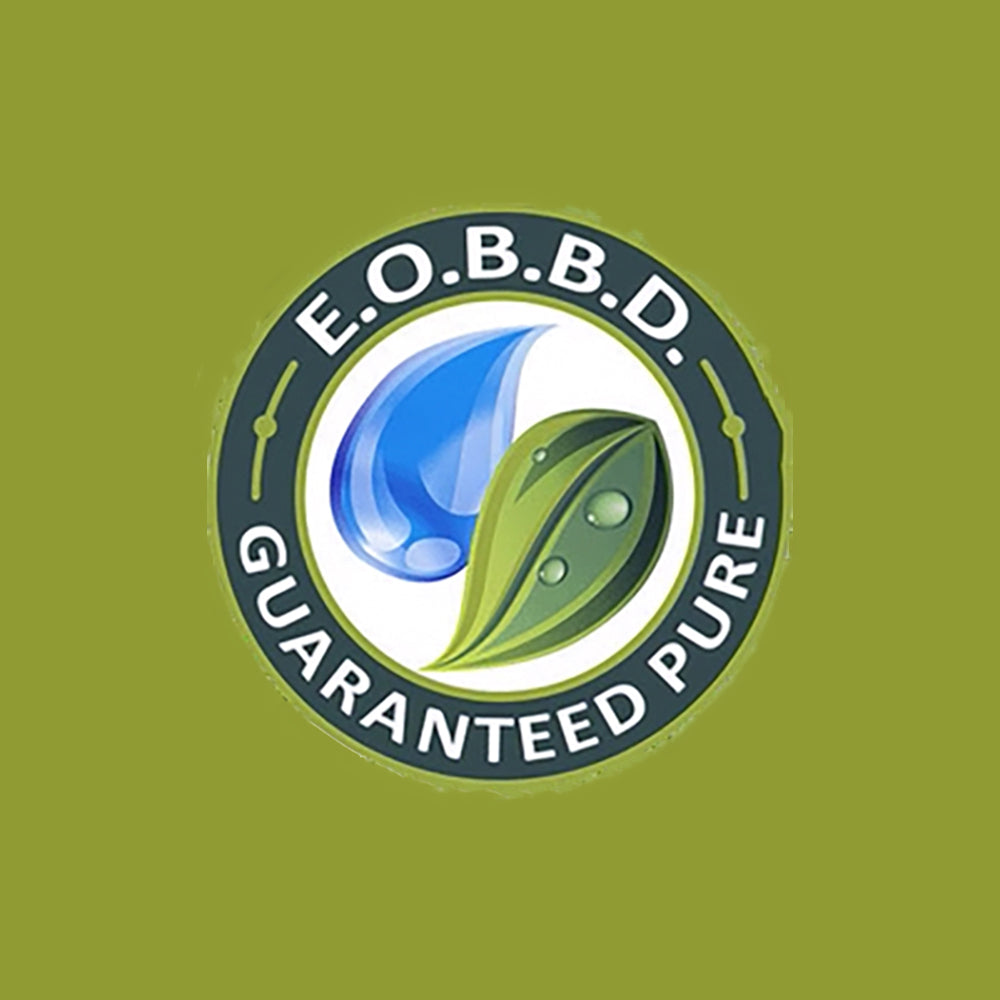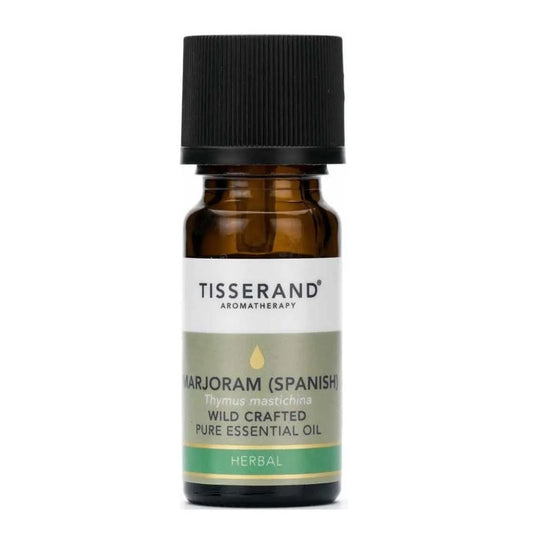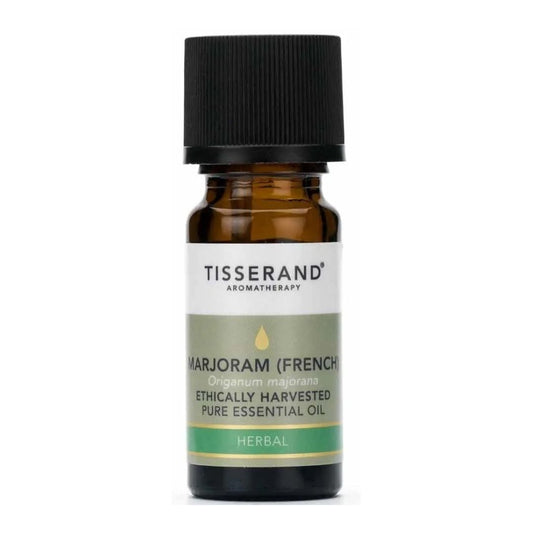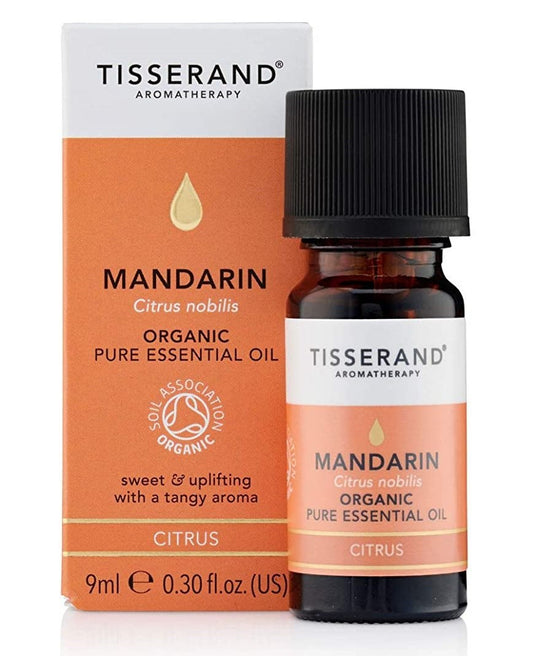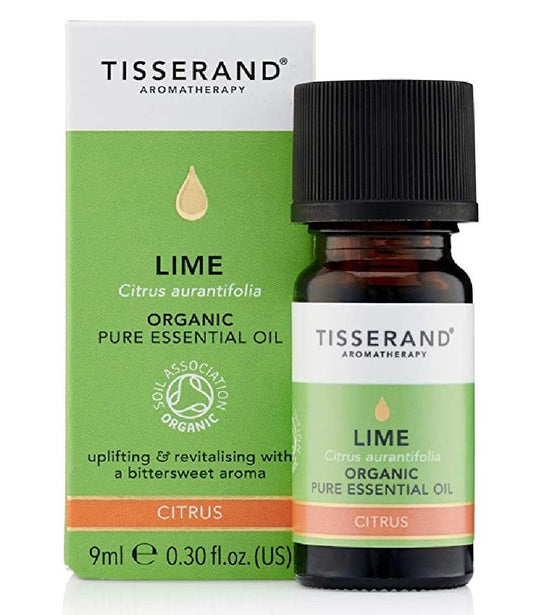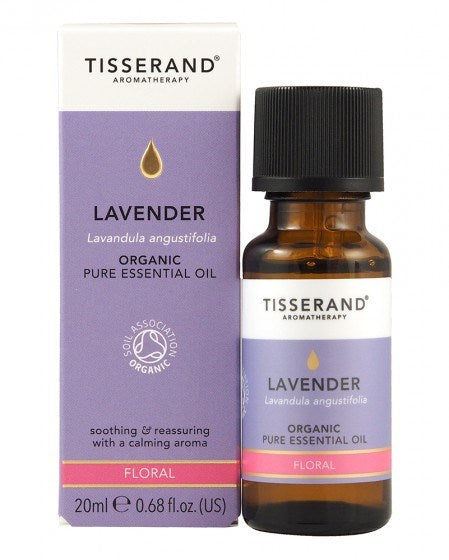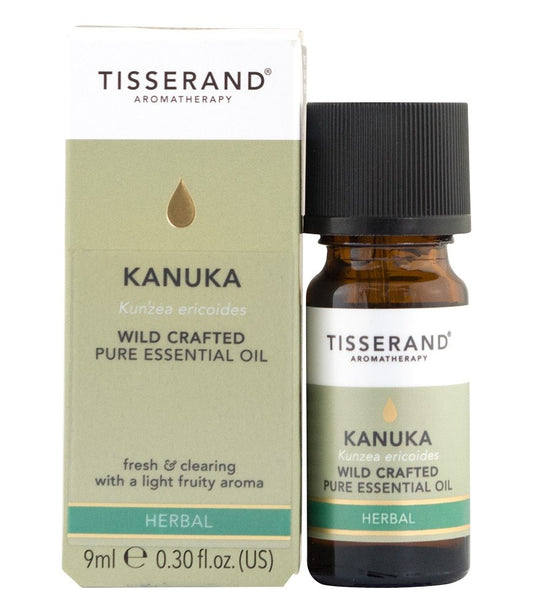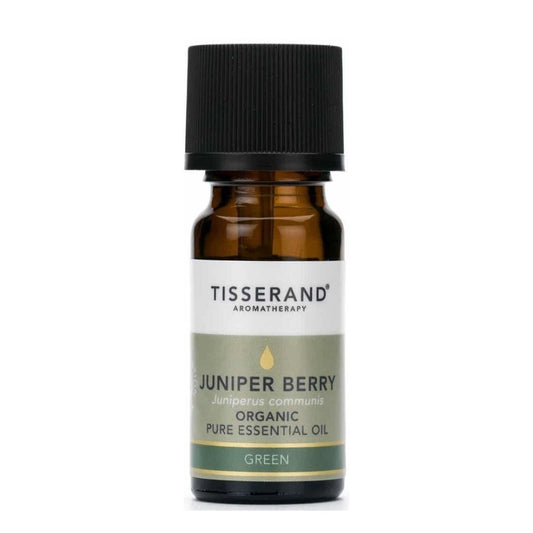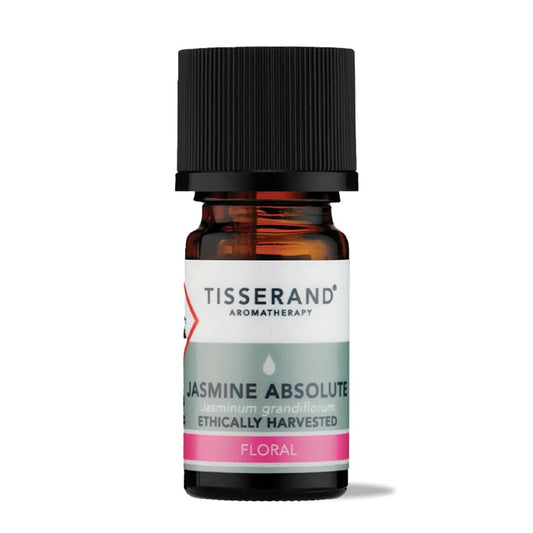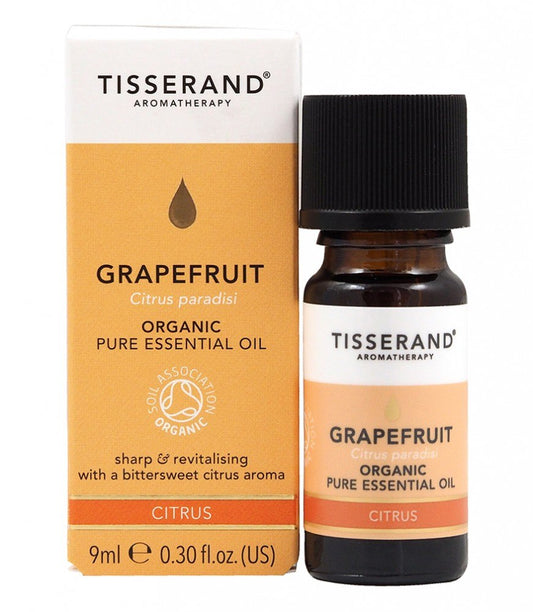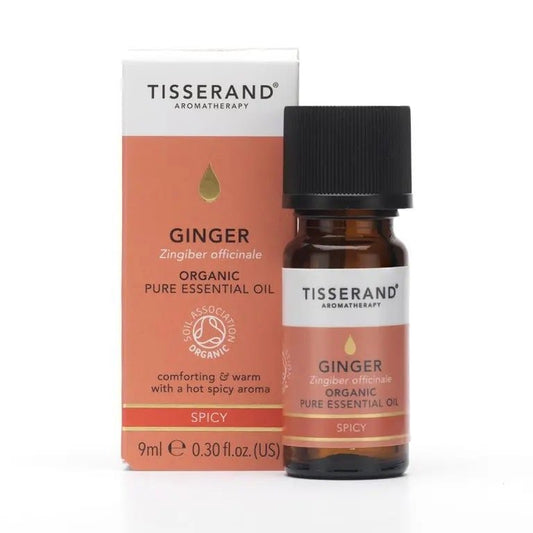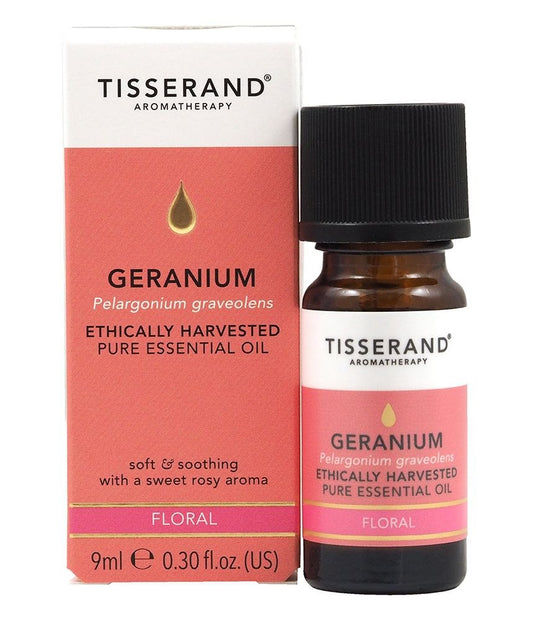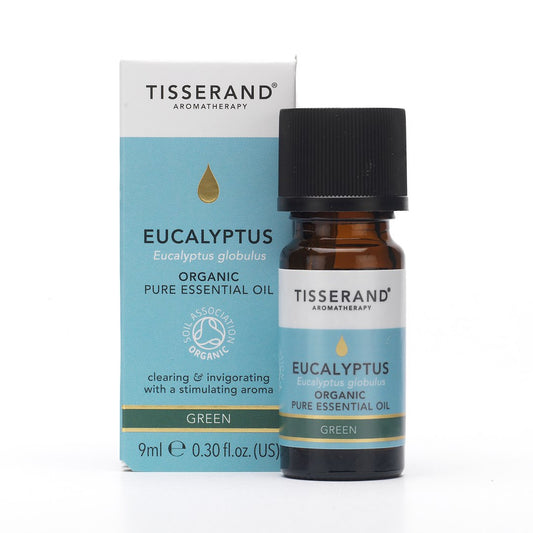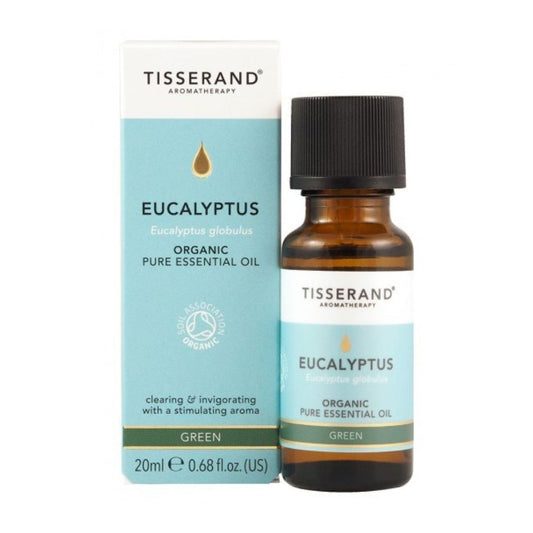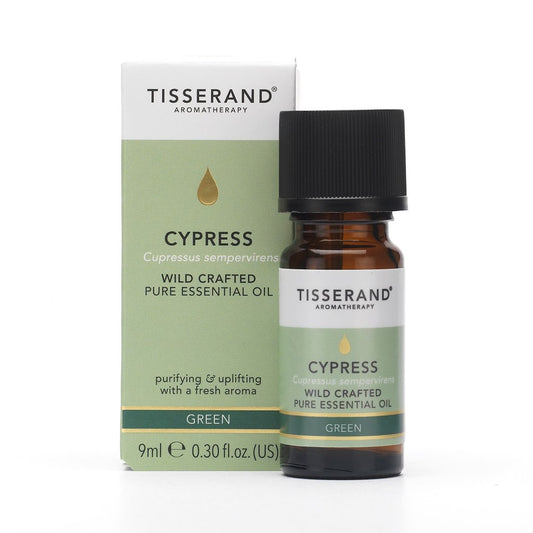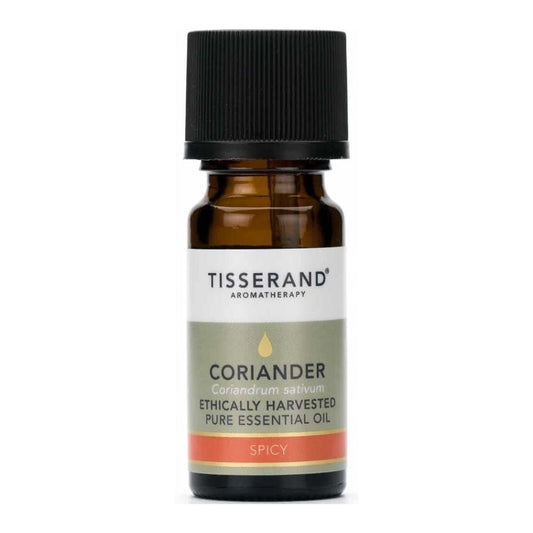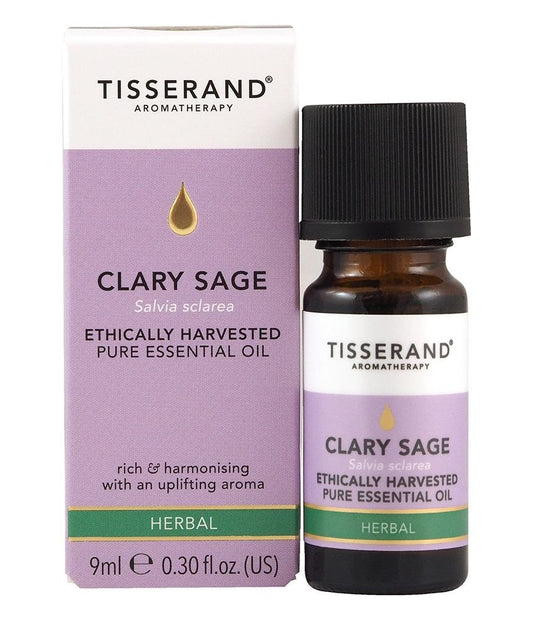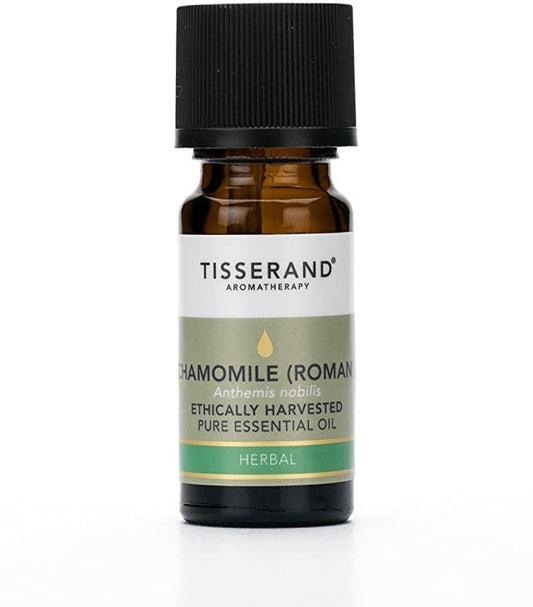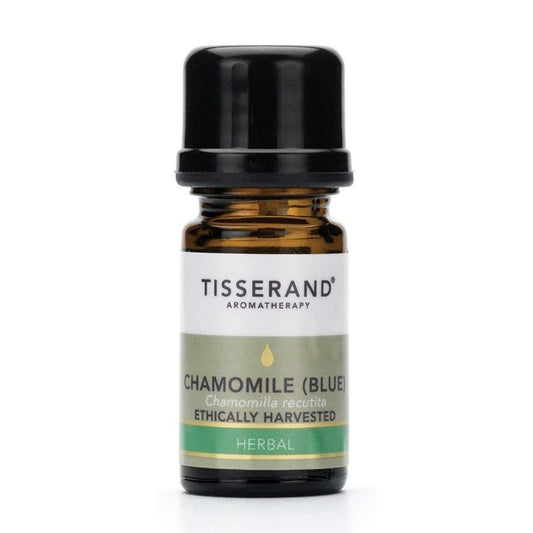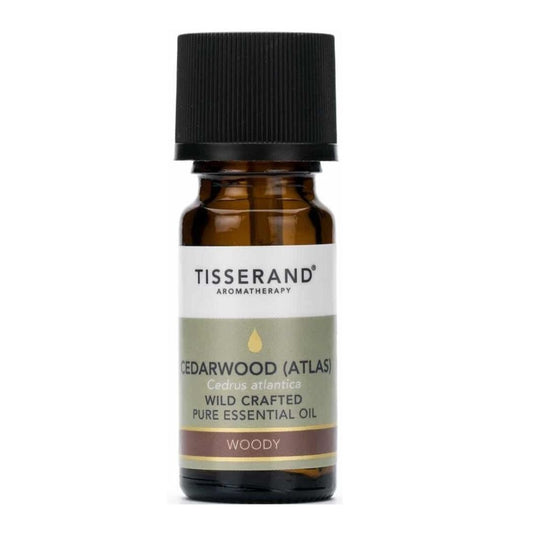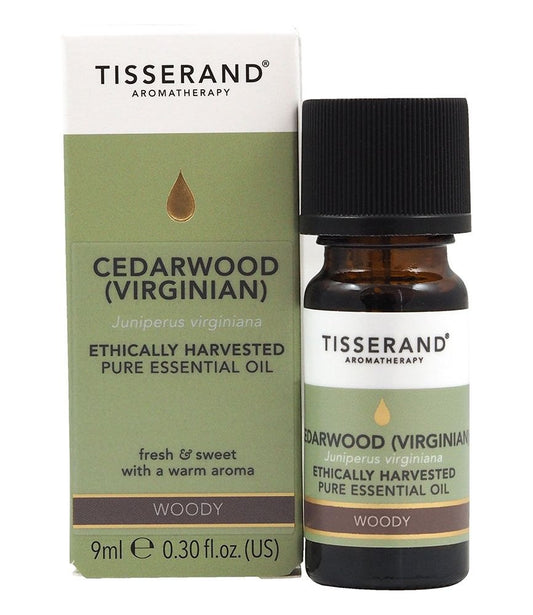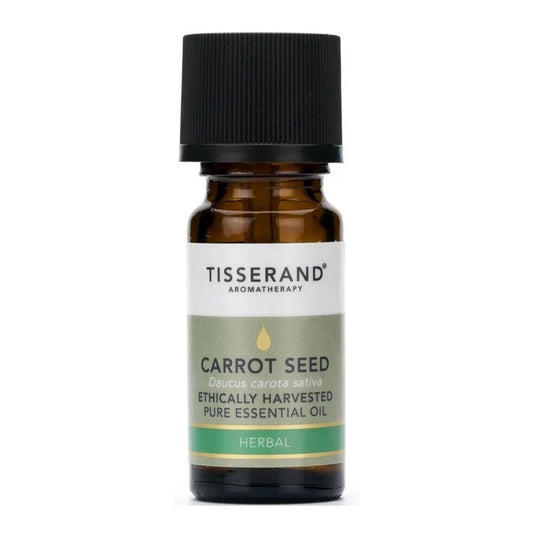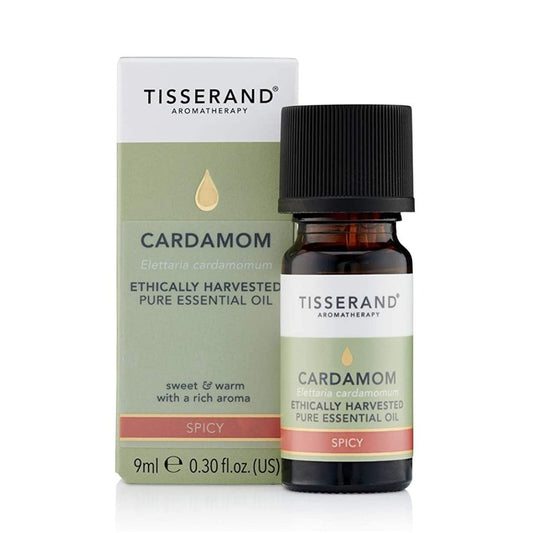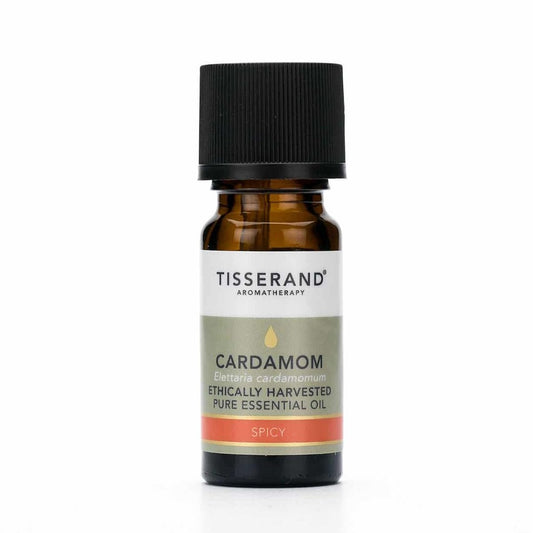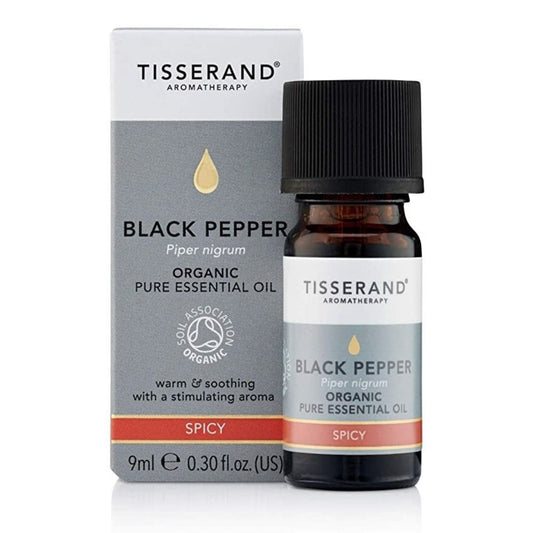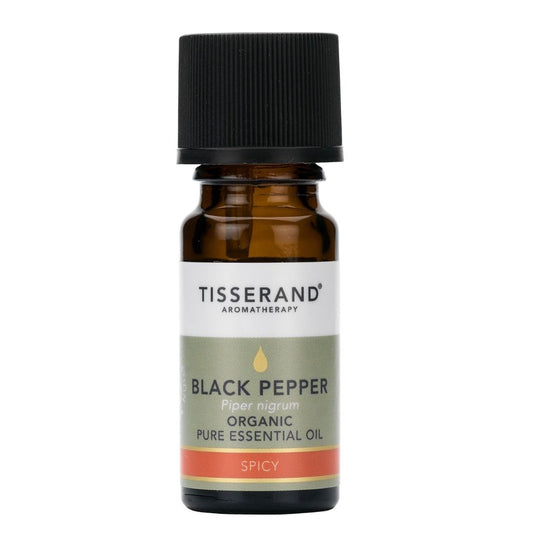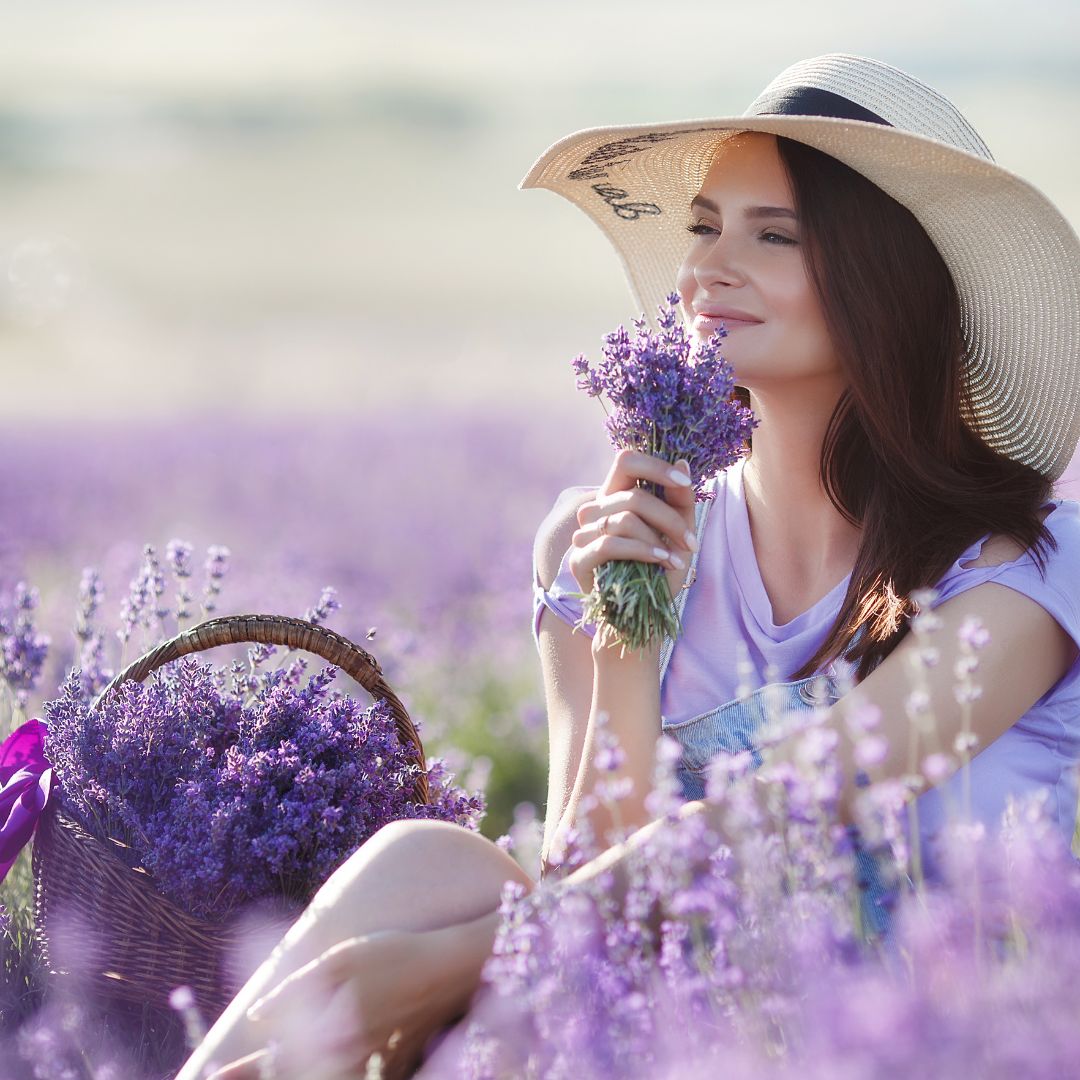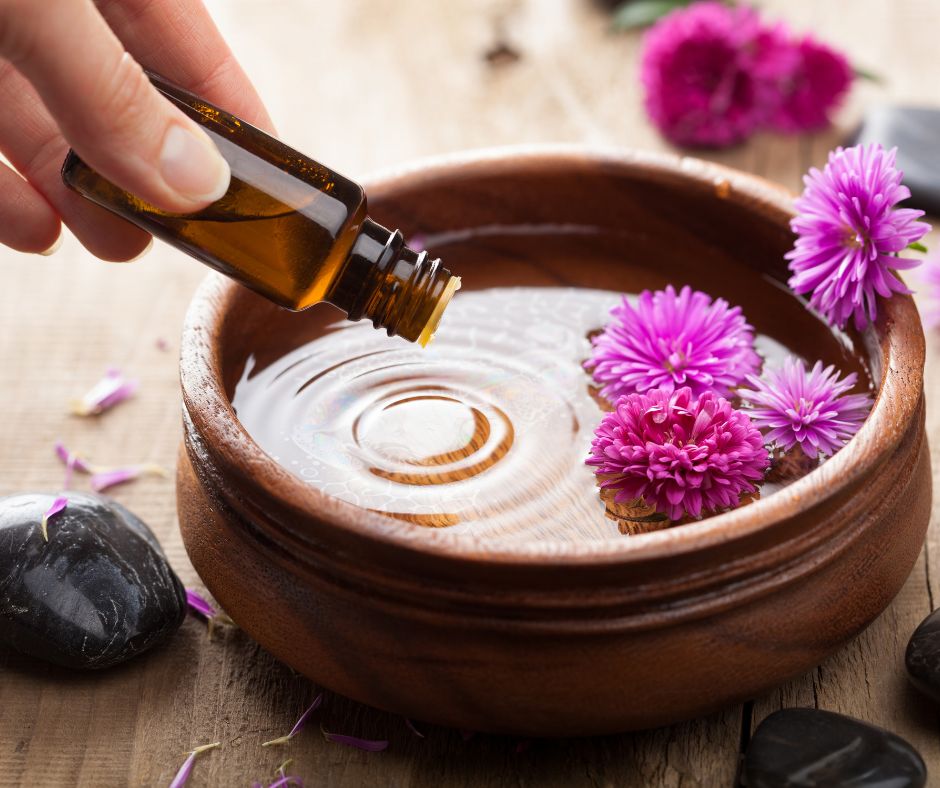
Essential oils and their use
Share
Essential oils are highly potent compounds. You have most likely encountered them in many different contexts. They are aromatic and strong plant extracts that capture the plant's properties in their purest form. Essential oils are produced by steam distillation, cold pressing, or resin tapping. Typically, several kilograms of fresh raw material are used for a small bottle of essential oil. Illustratively, 4-5 tons of rose petals are used to produce one liter of rose essential oil.
All parts of the plant can contain essential oil: flower, leaf, wood, root, bark, or fruit. In fact, several different essential oils can be extracted from the same plant.
Similarly, depending on the cultivation method (organic or not), climate conditions, origin, or season, the same plant can synthesize essences with different compositions and thus different effects.
Use of essential oils
Essential oils are most commonly used in 3 different ways: aromatically, topically, and internally. We will now tell you more about these ways of using essential oils.
Aromatic use of essential oils
Aromatic use is probably the most familiar and common. It means smelling and inhaling oils by adding drops, for example, to a diffuser, warm water, or laundry vinegar. It's easy to get hooked on essential oils through their scents, as fragrances are one of the easiest ways to find the desired mood and state of mind. The sense of smell is the direct path to the brain. Essential oils have many different aromatherapeutic healing effects on the mind and body.
Essential oils are often added to sachets that spread fragrance in a room for a long time. The same effect is achieved with scent sticks. The advantage of a diffuser is the moisture it adds to the room air along with the lovely scent. This way, the scent molecules spread evenly and quickly. The scent of essential oil mixed into laundry vinegar travels with you all day through clean clothes. Citrus added to cleaning agents freshens the entire home.
Topical use of essential oils
Oils can also be used topically by adding a couple of drops to massage oil or mixing with moisturizer to enhance skincare. Oils absorb quickly into the skin, so the benefits appear rapidly. Through the skin, essential oils affect blood circulation, lymph flow, and the nervous system.
Like perfumes, essential oils should be applied to the body's pulse points. Such points are found, for example, on the wrists, neck, and feet. At pulse points, blood flows close to the skin surface, enhancing the effect of essential oils.
Note, however, that citrus essential oils (orange, bergamot, lemon, etc.) are photosensitive. Do not expose yourself to sunlight for 12 hours after application.
Oils can be applied to many places on the body (such as the stomach, chest, temples, neck…). However, avoid particularly sensitive skin areas like the eyes, ears, nose, mucous membranes, and the skin surrounding them. The safest places to start local use of essential oils are the feet. The skin on the soles is thick, and you can observe the effects of essential oils well by applying oil to the soles overnight. Remember safe use and add a drop of essential oil to your foot cream.
Try essential oils also in bath water. Together with, for example, softening and relaxing Epsom salt, the experience has a true spa atmosphere. However, do not add the oil directly to the bath water; first mix a couple of drops with Epsom salt and dissolve the mixture in warm water.
Internal use of essential oils
The internal use of essential oils is still unfamiliar to many. Caution is advised, as essential oils are very potent, and not all essential oils are recommended for internal use. Essential oils intended for internal use should always be properly and heavily diluted. Adding a single drop to a sugar cube or a neutral tablet will take you far.
Usually, essential oils are not intended for internal use, but most Fleurance Nature products can also be used internally. We always recommend consulting your own doctor if you are unsure about the internal use of essential oils or if you have no experience with their effects.
Essential oils can also be used in the sauna.�Read more:
The relaxing magic of the sauna - essential oils as part of the steam moment
How do essential oils work?
Genuine essential oils do not dissolve in water. They can be mixed with other oils, and by combining different essential oils, you can create your own interesting blends. At the same time, you can combine the effects of different essential oils. There are many. A small amount can be deceiving, as essential oils contain a huge amount of active ingredients in concentrated form. For example, lavender essential oil contains nearly 300 of them.
Essential oils have specific effects based on the raw material used. For example, lavender relaxes and citrus refreshes. Many woody scents, on the other hand, are suitable for purifying indoor air. Cinnamon has antioxidant and stimulating effects in essential oils.
When suffering from a cold and breathing is difficult, you can try adding a couple of drops of eucalyptus or peppermint to the diffuser at night. It effectively opens the airways and eases breathing during the night. Peppermint is also known to aid digestion.
During stressful periods, a drop of lavender on the corner of the pillow helps with a stress-free and calmer sleep.�Bergamot, on the other hand, strengthens the immune system. Clove is especially suitable for the cold season. It has a calming and warming effect. Sweet orange creates a sunny and peaceful relaxed atmosphere around it.�
Shelf life of essential oil
If you protect the bottle from light, keep it away from heat and in a dry place, pure essential oil will last 5 years even after opening. Citrus and resinous essential oils, which are more fragile, can only be stored for one year after opening because they oxidize very quickly.
3 clues to recognize expired oil
- original scent has changed
- appearance has darkened
- viscosity, that is texture, has changed
Did you know?
Essential oils are sensitive to sunlight's ultraviolet rays and evaporation. That is why they are offered in colored and tightly sealed glass bottles.
How to dispose of expired essential oil?
You can take essential oils to a pharmacy where they will be disposed of properly. However, we recommend recycling. Expired oil is no longer suitable for use on the skin, but it can be recycled by adding a few drops to potpourri to revive the scent. Also try drops on a tissue, fabric piece, or cotton and place it in your wardrobe. Lavender essential oil is a natural moth repellent.
You can also remove bad odors from, for example, a trash can or trash cabinet by adding citrus essential oils to the bottom of the trash can or corner of the cabinet. Citrus neutralizes odors. Citrus oils are also great for cleaning, so they are suitable to add to vinegar to freshen floors or toilet areas.
Consider family members
Remember that essential oils are not recommended for pregnant women, children, or generally animals. However, a school-aged child can already benefit from steam inhalation during the flu season and from the gentle effects of essential oils diffused into the room air.
Read more about essential oils:
The relaxing effect of the sauna - essential oils as part of the steam moment

